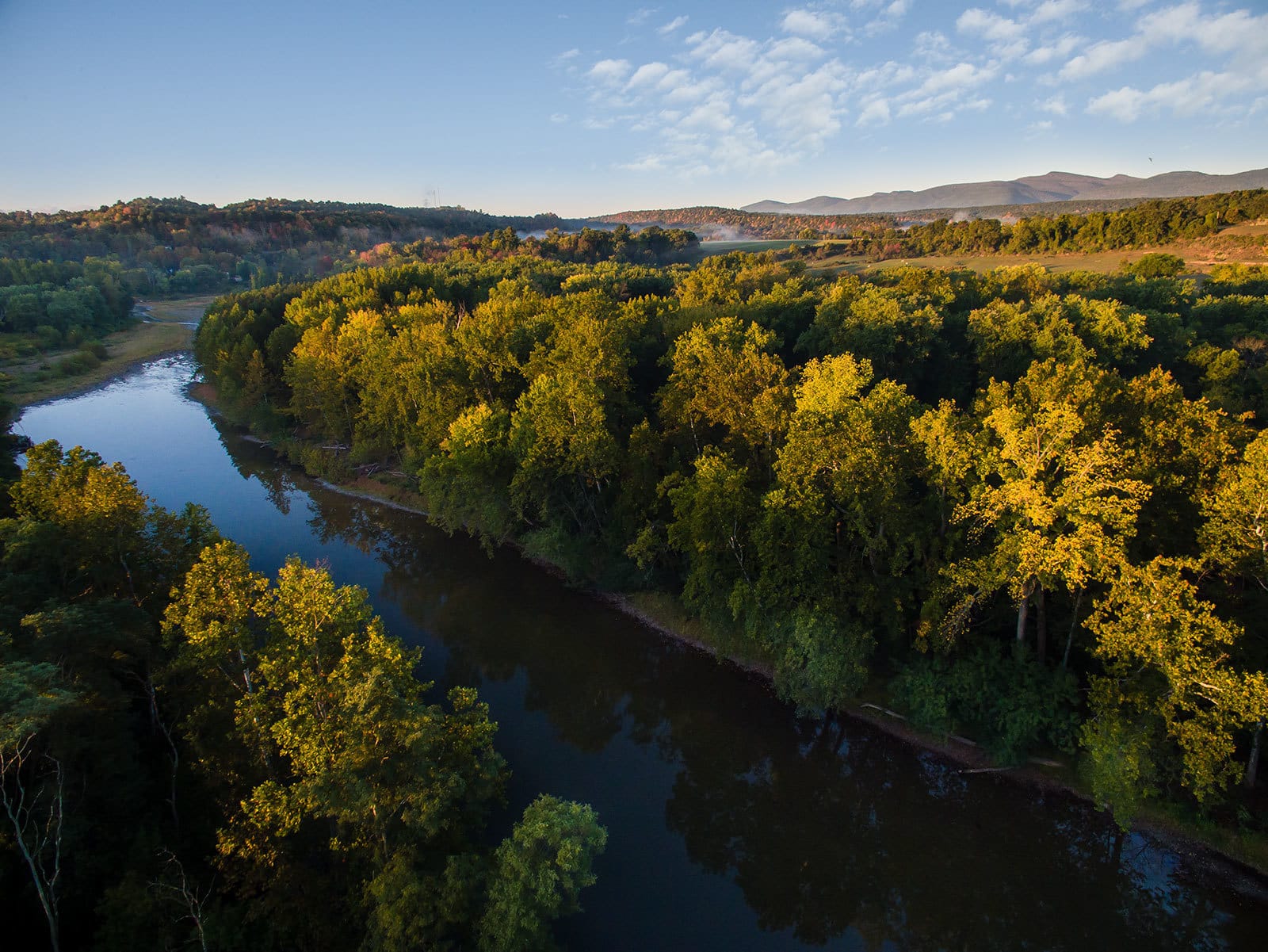Climate Solutions: 30×30, a Visionary Plan that Multiplies the Benefits of Land Protection

America has begun reasserting its leadership in seeking climate solutions. It couldn’t come at a more critical time.
What’s at stake?
To halt the most catastrophic climate impacts — including the mass extinction of species vital to the planet’s future — scientists warn that 30% of the world’s land must be conserved by 2030. To reach this target in the U.S., where 12% of land currently is protected, the Biden administration has proposed the America the Beautiful initiative. Simultaneously, a bill to achieve the “30×30” goal in New York, where 19% of land already is preserved, is making its way through the Legislature.
These would be the most ambitious land conservation initiatives in history. Their success depends on complex partnerships reaching from local communities to Congress and, of course, significant funding. But I believe both are doable. Why? Because we can’t afford not to.
Providing natural climate solutions
The benefits of reaching 30×30 begin with its potential to provide natural climate solutions. When properly managed, forests, wetlands, and farmland serve as carbon sinks. U.S. woodlands alone sequester the equivalent of 11% of the country’s greenhouse gas emissions. Despite their effectiveness, development destroys a football field worth of natural areas every 30 seconds, also jeopardizing the biodiversity critical for warding off human diseases, pollinating crops, and keeping water clean.
Supporting the economy
In addition to fueling some of the nation’s prime economic engines — recreation, tourism, agriculture and forestry — protected lands offer a less-costly way to confront climate impacts. Over the last decade, $37 billion was spent building infrastructure to help New York communities adapt to the rise in climate-related weather disasters. Experts forecast we’ll need $55 billion more to meet future challenges. The “green infrastructure” alternative — for example, conserving wetlands that soak up floodwaters — is not only cheaper than building seawalls and levees but proven to be more effective.
Tackling environmental injustice
Finally, both the U.S. and N.Y. 30×30 plans are committed to tackling environmental injustice by addressing the disparity of green space in less-wealthy communities and communities of color. Taking this step is literally a life-or-death matter — lack of access to nature and outdoor recreation contribute to the higher levels of heart disease, diabetes and other illnesses that afflict people in these communities.
30×30 is doable!
Popular demand meets critical mass — four out of five Americans support protecting our lands and waters. And so do countless organizations like Scenic Hudson. We stand ready to provide local know-how about the lands whose protection will offer the greatest benefits to the climate, the economy and for achieving environmental justice.
What can you do?
Contact your Congress members and ask them to support funding for 30×30, and urge your state legislators to co-sponsor the 30×30 bill in Albany. And while the vote for New York’s $3 billion Clean Water and Jobs Bond Act won’t appear on the ballot until 2022, it’s never too early to let others know that its passage will help pave the way for securing the planet’s healthy future.
Stay safe and stay strong,

Also in the news:
- You can help advance climate-resilient farming policies and practices that are good for the climate and farmers’ productivity. Learn how here.
- Over-policing of BIPOC (Black, Indigenous and people of color) bicyclists causes adverse health, economic and social impacts. What can be done to end this racial injustice? Find out at this May 27 virtual presentation.
- Explore the many outdoor art parks in the Hudson Valley that make great weekend destinations.

